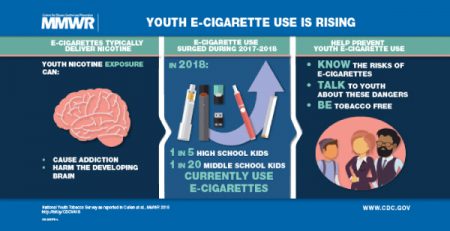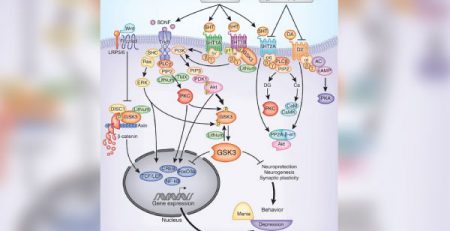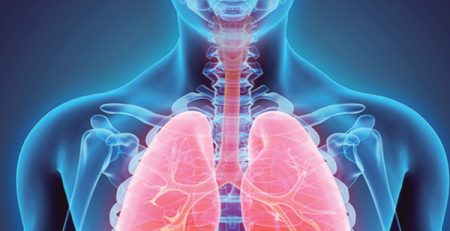Effect of e-Cigarettes Plus Counseling vs Counseling Alone on Smoking Cessation
Eisenberg MJ, et al. Effect of e-Cigarettes Plus Counseling vs Counseling Alone on Smoking Cessation: A Randomized Clinical Trial JAMA. 2020;324(18):1844-1854. November 10, 2020Main Outcomes and Measures The primary end point was point prevalence abstinence (7-day recall, biochemically validated using expired carbon monoxide) at 12 weeks, changed from 52 weeks following early termination. Participants missing data were assumed to be smoking. The 7 secondary end points, examined at multiple follow-ups, were point prevalence abstinence at other follow-ups, continuous abstinence, daily cigarette consumption change, serious adverse events, adverse events, dropouts due to adverse effects, and treatment adherence.
Results Among 376 randomized participants (mean age, 52 years; 178 women [47%]), 299 (80%) and 278 (74%) self-reported smoking status at 12 and 24 weeks, respectively. Point prevalence abstinence was significantly greater for nicotine e-cigarettes plus counseling vs counseling alone at 12 weeks (21.9% vs 9.1%; risk difference [RD], 12.8 [95% CI, 4.0 to 21.6]) but not 24 weeks (17.2% vs 9.9%; RD, 7.3 [95% CI, –1.2 to 15.7]). Point prevalence abstinence for nonnicotine e-cigarettes plus counseling was not significantly different from counseling alone at 12 weeks (17.3% vs 9.1%; RD, 8.2 [95% CI, –0.1 to 16.6]), but was significantly greater at 24 weeks (20.5% vs 9.9%; RD, 10.6 [95% CI, 1.8 to 19.4]). Adverse events were common (nicotine e-cigarette with counseling: 120 [94%]; nonnicotine e-cigarette with counseling: 118 [93%]; counseling only: 88 [73%]), with the most common being cough (64%) and dry mouth (53%).
https://jamanetwork.com/journals/jama/fullarticle/2772759
Stephen Hamann












